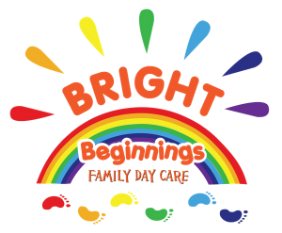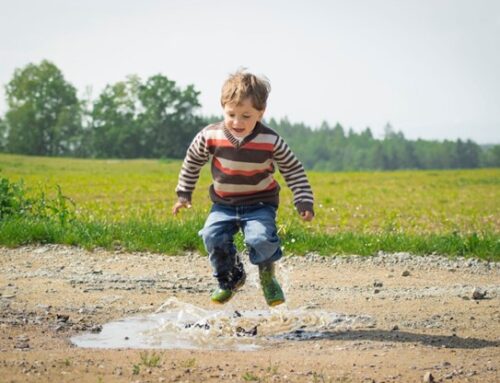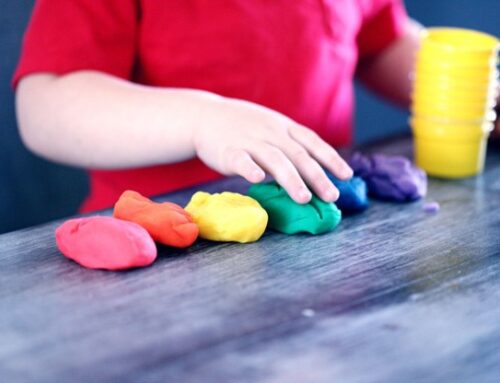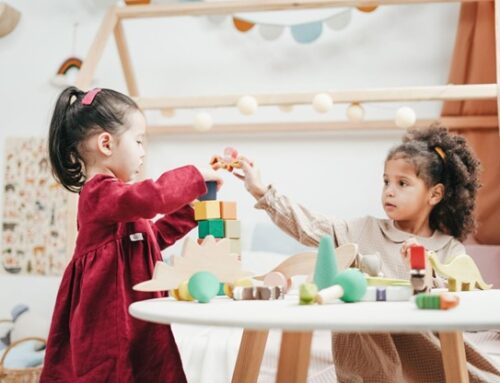What Is Meant By Language And Communication?
Language means explaining your ideas with the help of words or sounds. On the other hand, communication means sending or receiving information. We can also say that; the process of exchanging our ideas, and coving messages to one another is called communication.
Importance of Communication:
It is an important part of every childhood. It is the primary source to understand one another. The early year’s Foundation Stage (EYFS) includes three major parts: evaluate their confidence and skills reveal, listen and speak in an array, and episode a rich language environment.
How Do You Promote Communication Skills In the Early Years?
Following are the strategies to promote communication skills in the early years.
- Generate a mother tongue
- Create a speech-rich environment
- Inspire pretend play
- More communication together
- Be a good role dummy
Language development is a significant part of every child’s development. It helps them to explore your children’s ideas with language and communication processes. The basic need for language and learning is to understand the subject by reading and writing.
How to encourage early language development in children?
The best way to motivate or inspire your child’s language development is to do a great deal of talking together about things that endorse or interest your child.
You can lead your children in the following paragraphs about what they are interested in by waving, prattling, or using words. Talking with your child. Pay attention to your child.
Congenitally or natively, talk with your child and behave towards them as a talker. The cue is to use many variant words in various contexts. Suppose that you talk with your child about an orange ball and about cutting up an orange for a luncheon. This helps your child learn what words mean, where words are used and how words work.
When you finish talking, break and give your child a turn to reply. When your child starts to speak or utter softly, shake and point, you respond to your child’s strive to communicate. For example, if your baby speaks and gurgles, you can speak back and reply to them. If your bambino points to a toy, answer as if your child is saying, ‘Can I have that?’ For example, you could say ‘Do you want to block?’
When your child uses words, you can replicate and erect or build on what your child says. For example, if your child says, “Apple” you replied ‘Do you want to eat a red apple?’
When your child is beginning to make sentences. You respond and inspire your child to describe their sentences. When you pay attention and reply to your children in these ways, it motivates them to keep communicating and evolve or progress their language skills.
Communication Development
Communication development (CD) is another major part of society. It helps them to understand the concept of each other. It helps to explain your child’s ideas. Communication development (CD) is the most powerful tool to understand each other. It helps to improve your child’s communication.
Communication development (CD) is interconnected with communication skills or their environment. It includes facial expressions, gestures, and body language, verbal and non-verbal communication.
Why Language And Communication Development Is Important?
In general, language and communication development is important to an immature child. It plays a vital role in our daily life. Without it, you can’t make sense of the text or subject. It is the foundation and building block for every undeveloped child. It helps to express or explore our ideas. It also helps to interact with each other.
What Is The Role Of Language In Communication?
Language is a primary tool of communication. It helps to explore and convey messages about our feelings, thoughts, emotions, and reactions. So, language is a means of communication.
What Are Language And Communication Skills?
There are four major skills in language and communication.
- Reading
- Writing
- Listening
- Speaking
All of these skills help to understand our message.
What Does Normal Language Development in Early Childhood Look Like?
Language development includes four major components:
- Phonetics and phonology: Learning to articulate verbal expression, and sounds, as well as understanding the regulation about which sound series or sections present transpire in the language.
- Semantics: Learning vocabulary or lexicon and understanding how conception or abstraction map onto words – for example, does ‘dad’ mean any man? Or any man with a beard? Or just one specific man?
- Syntax and morphology: Rules tell us how to arrange or set out the words in a sentence – suppose a verb normally comes second, rather than last, and how to change sentences like tense, voice, or number – for example, is the plural of “boy” is “boys”?
- Pragmatics: For using language, and learning social rules. It includes modifying or changing the language to who you’re talking to, it turns from talking to speaking. It also includes learning non-verbal communication – including facial expressions, gestures, and tone of voice. It is up to you how you interact with the words we’re saying.
Learning is quite difficult or complicated, but we have good news for you; children who have an ability programmed to do it. They need lots of input from adults to be able to kickstart this process. It also needs direct, face-to-face feed-in from a real human being. Children can’t learn a language successfully from TV or computer games. Therefore, the basic need is to talk with your child or baby and inspire or support their language.






